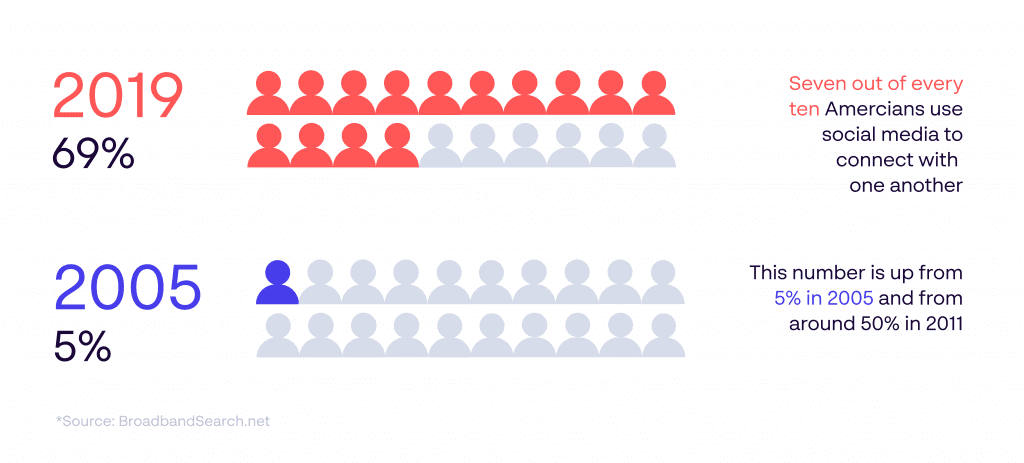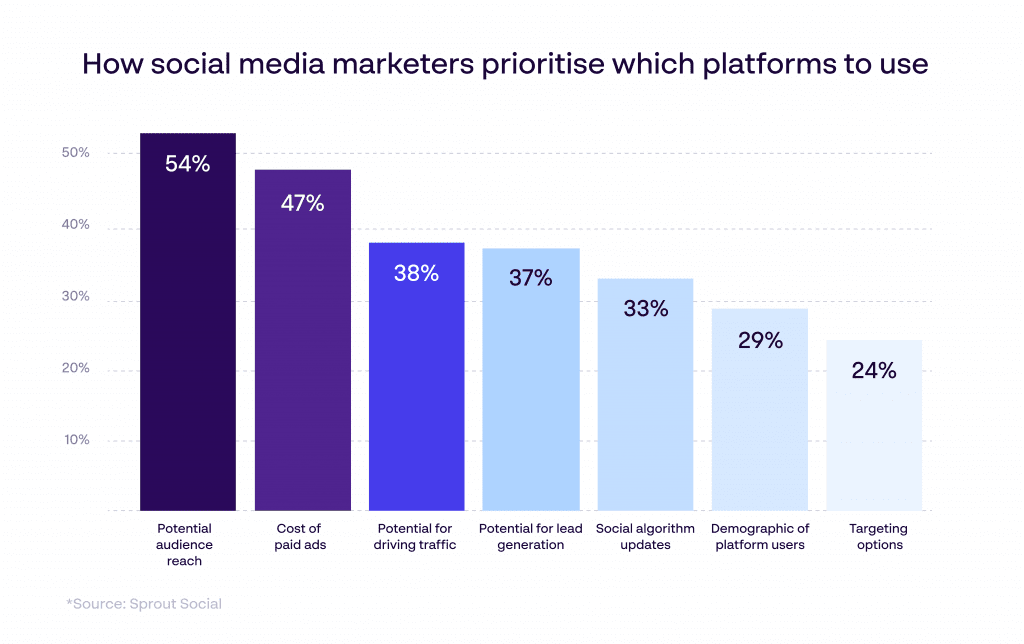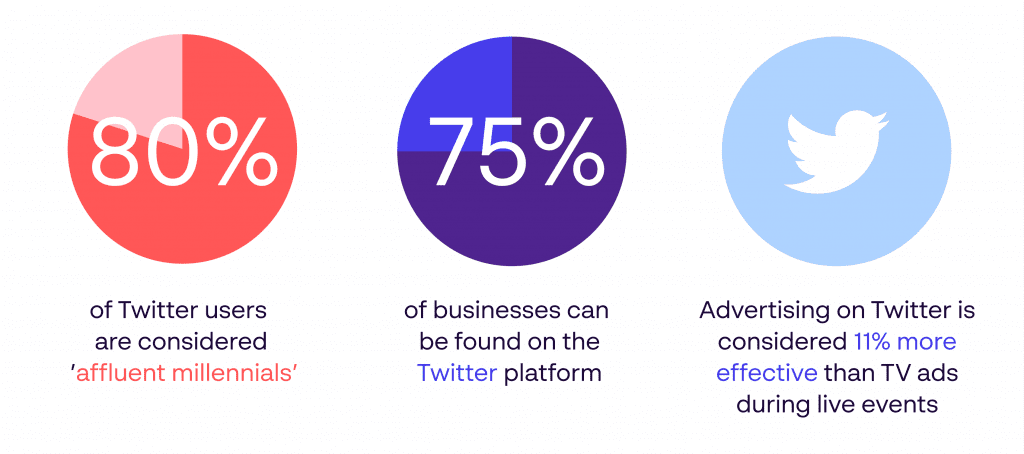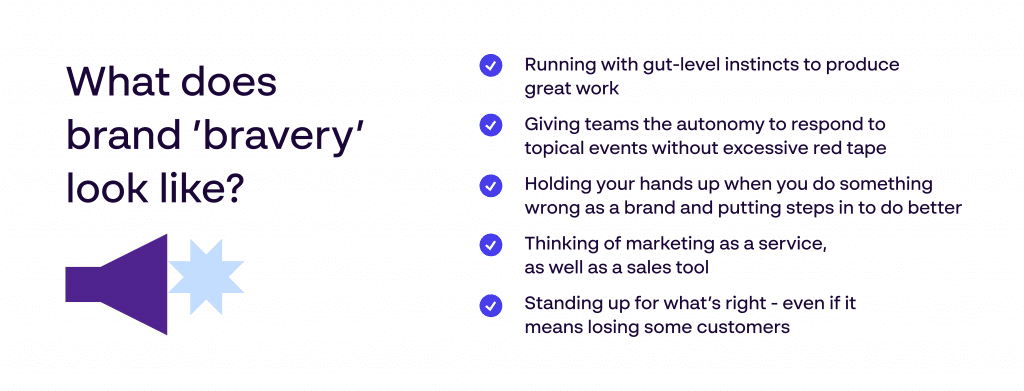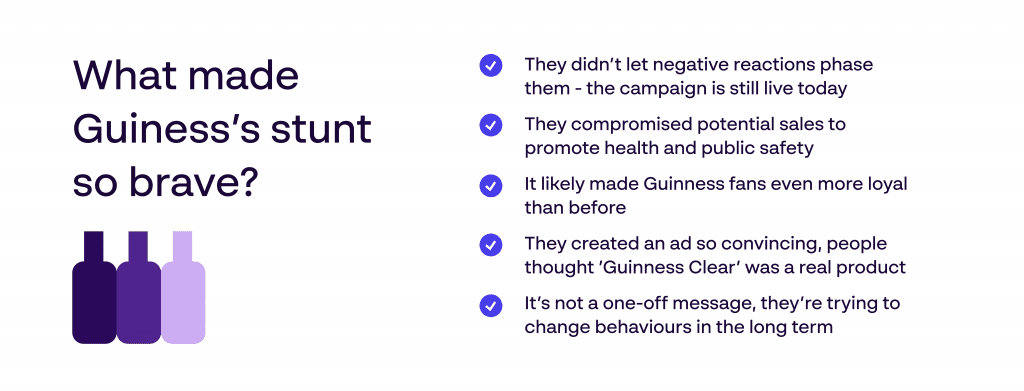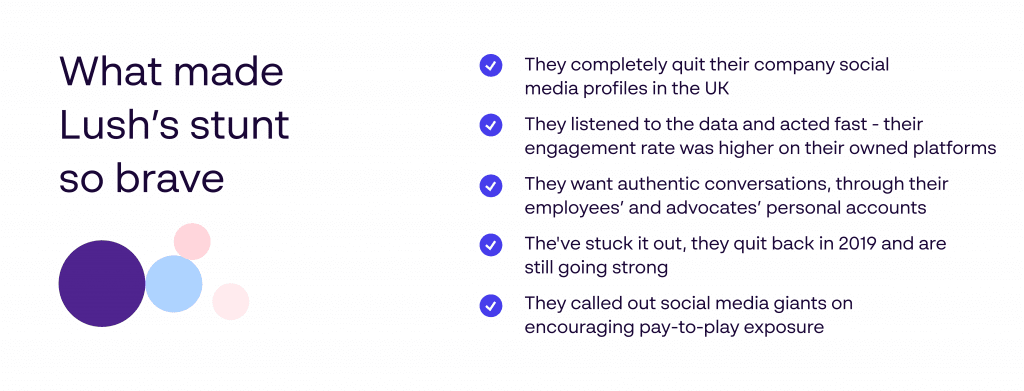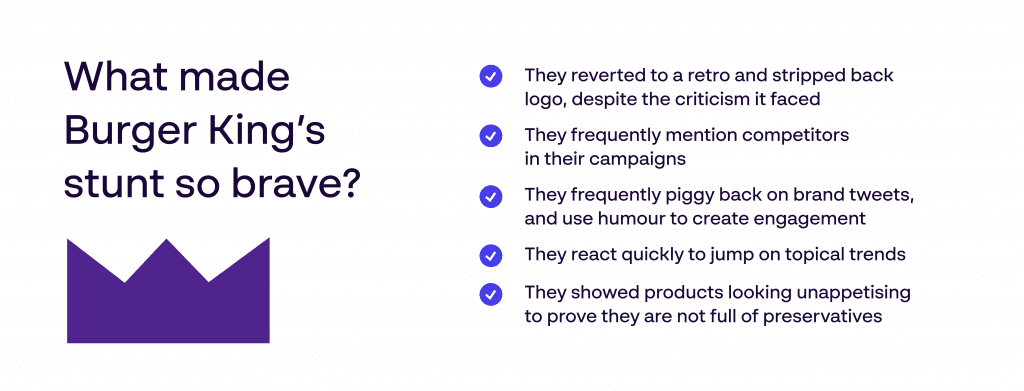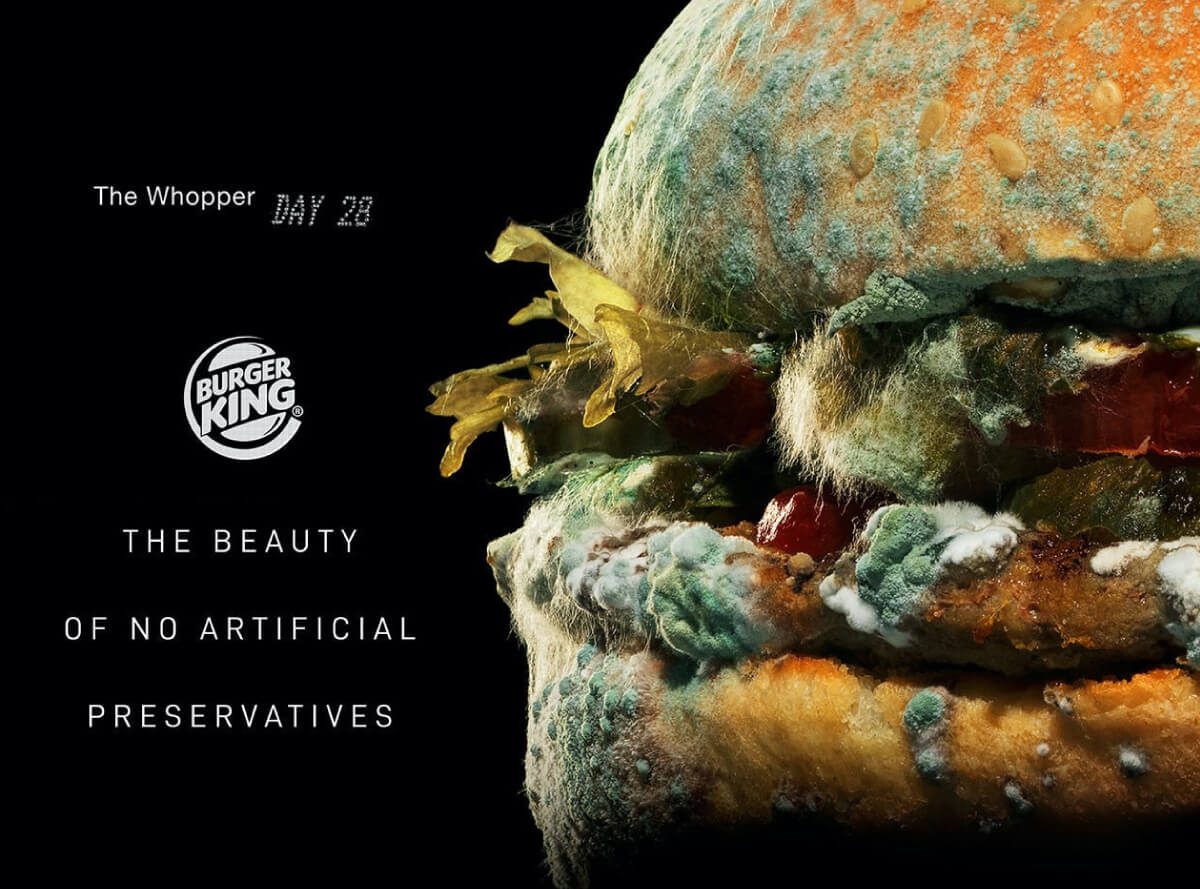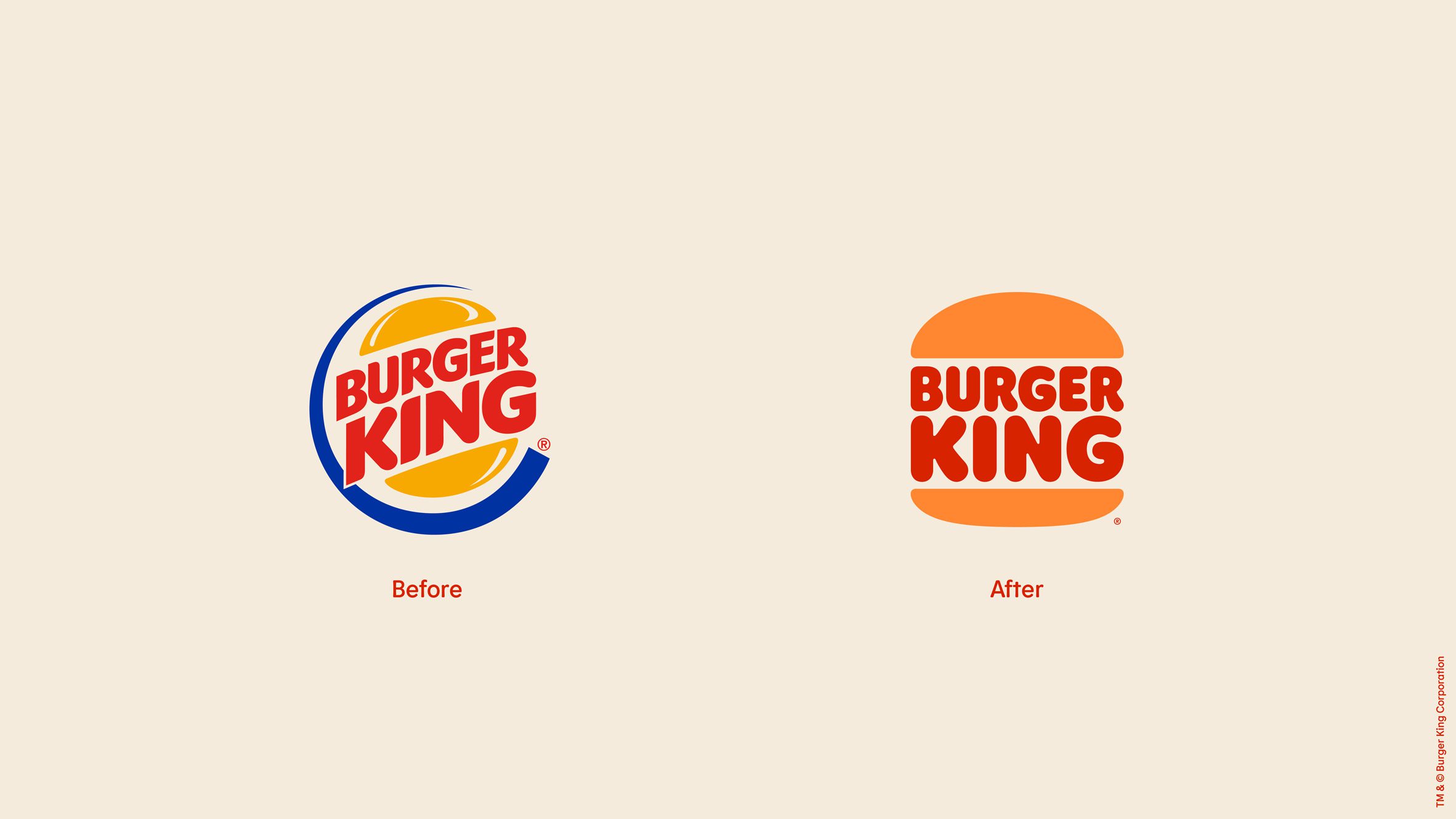For a long time, the word millennial has conjured up images of young people glued to their phones, with a Starbucks cup stuck to their other hand. But even if that was true in the first place, a lot has happened since the term millennial was first coined — most notably, millennials themselves.
Millennials aren’t the same people they were 10 years ago. They are older. They have new responsibilities and priorities. Rigidly sticking to past techniques and outdated, inaccurate personas are only going to succeed in alienating the most lucrative audience worldwide.
Despite the work-shy avocado-eating stereotype, millennials are the generation that so many marketers globally prioritise over all others. They are the young, ambitious, fresh-faced consumers that practically every brand wants to do business with, and have built entire strategies around – some of which have rarely been updated.
So, how has marketing to millennials changed? What can brands do to stand out among this diverse, sizable crowd?
Why marketing to millennials has changed
First, it would be helpful to define who classes as a millennial. Although that’s a little tricky, as nobody seems to know for certain. As a general rule, people place the span of millennials’ births anywhere between 1980 and 1996.
This means the oldest possible “millennial” is now into their 40s, while the youngest has barely entered their 20s. You can see why trying to appeal to this group as a whole could be perceived as problematic, right?
Many of these millennials are no longer the entry-level, job-hopping, upstarts older generations perceived them to be – they hold a lot of power and influence in their organisations.
They have families, mortgages, investments. Their ambitions, responsibilities, and motivations have evolved hugely since the first millennials started entering the workplace.
Not only do marketers need to be conscious of how grown-up older millennials have become, they also need to be wary of what’s happening at the other end of the spectrum. The world that children born post-1990 grew up in is markedly different from the experience for children of the late 70s and 80s.
This means that old-fashioned perspectives on what older millennials want and need has shifted tremendously since the first strategies were devised to reach this generation. Anyone who still clings to past perspectives is likely failing to engage these groups and, at worst, maybe actively offending them.
Why marketing to millennials is essential right now
Offending the millennial audience is a big problem, as they represent such a huge share of the buying audience for companies. In 2020, approximately 1.8 billion people, or 23% of the world’s population, could be considered millennials (Source: MSCI).
This makes the millennial audience extremely valuable for the vast majority of brands. By not connecting with this generation, they are missing out on a significant amount of consumer spending power – power that will only increase as they age and secure better salaries and job opportunities.
So, even though the task of engaging millennials has, in many ways, become a lot tougher, it is something that all brands should be prioritising now and revisiting over time.
Is it wise to paint millennials with the same brush?
To cut a long story short, treating “millennials” as one group is a one-way ticket to an unfocused and unhelpful marketing strategy. Here are three reasons why:
#1 The substantial age range
As noted, the age range for millennials is so vast that trying to find any unity in their motivations, goals and lifestyles will return an extremely vague result. They are at different milestones in their lives, and they are facing unique challenges.
#2 They are an incredibly diverse audience
The overall millennial audience is far more culturally and ethnically diverse than their predecessors. Take for instance the landscape in the USA – over 72% of the “baby boomer” population is white, compared with just 56% of the millennial generation. To a varying degree, this shift to a more diverse audience can be seen worldwide.
#3 They are more untrustworthy of brands than prior generations
Growing up with more commercial scams and misleading information than any other generation, Millennials are naturally sceptical of any branded communication. They look for authenticity, transparency, and independent reviews before buying products they believe in, from companies they have faith in.
How can marketers continue to capture millennials’ interests?
There is no one-size-fits-all approach to capturing the attention of millennials and convincing them that they can benefit from your products or services. But this doesn’t make them impossible to reach or forever disinterested in your brand.
With thorough and authentic market research, you can break down demographics and better understand them on an individual level. To get started, here are some important points worth exploring:
Keep things simple
Millennials want engaging but digestible information such as blog articles, ebooks, and fun, useful videos. They follow the lives of influencers and appreciate leadership and expertise. Using these simple, but effective marketing techniques, you’ll have a 45% higher chance of engagement than if you communicated your product with just the bare facts.
Champion authenticity
Millennials have become adept at spotting disingenuous marketing tactics. Trying to hide the truth behind a big ad budget is a sure way to lose hard-earned positive brand perception and send millennials shopping elsewhere. Presenting the truth of your brand in a positive way lies at the core of your brand strategy.
Be immediate
Millennials have come to expect pretty much any product and service to be available online, and wherever possible, on-demand. This is evidence of the digital era in which we live and leaves huge potential for innovative new uses of technology and platforms.
Lay-off the avocado
Targeting a whole generation on a stereotype is not only ineffective, it’s counterproductive and sometimes a little insulting. Sure, there are people who are the epitome of the millennial “mold”, but most just want to be treated like normal humans without being expected to adhere to a brand’s outdated projection of them.
Stand for something
If your values align with a customer’s, they’ll be more inclined to support your brand and buy your product. Millennials are more environmentally and socially conscious than any other generation. However, while there are many benefits for brands being onboard with the same values, this strategy can quickly backfire if you don’t practice what you preach.
Communicate
Growing up with the constant emergence of new social media platforms, millennials have access to more means of communication than ever before, so why not join the conversation? Most millennials will be more likely to purchase something if a friend on social media recommends or uses it, and 50% of them trust influencers for brand advice.
Do something to say thanks
According to the Harris Poll, 77% of millennials are happy to join rewards and loyalty programs.
Create a community
Word-of-mouth may sound old-fashioned in this digital age, but it’s still the most trusted source of decision-making. In fact, 68% of millennials say that they won’t make a major decision until they have discussed it with people they trust. An honest review from a credible source will instil more faith in your brand than faceless keyword-targeted ads.
Millennials don’t live (completely) online
While they are the least frequent in-store shoppers – preferring online above anything else – millennials tend to spend larger amounts when they do take to the highstreet.
What’s next for millennials?
It’s probably worth noting that a very large proportion of marketing professionals are, themselves, millennials. In many ways, they have been responsible for ushering in a new age of digital marketing that has led to new trends, insights and innovations that changed the marketing landscape forever.
If there is one thing that marketers should take away from this article, it’s that, like everyone, millennials have got older. And with age comes new priorities and interests, career advancement and buying power.
Help your brand grow with confidence
BAM by Papirfly™ is built for your teams to match the pace of change that comes with every generation of consumers. Leave the processes of the past behind you and empower your teams with the freedom to create, store and share from a single location. Book your demo today to find out more.




